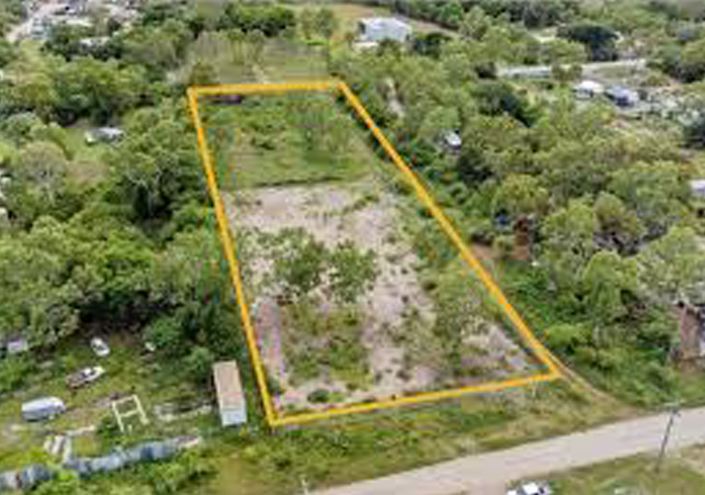Many people fail to recognise that they may have a CGT liability in respect of a deceased individual’s main residence if the property exceeds 2 hectares.
The CGT main residence exemption applies to a dwelling that was a deceased person’s main residence and up to two hectares of adjacent land. When a property exceeding two hectares is sold, the deceased’s LPR or beneficiary will have to determine whether a capital gain or loss arose in respect of the excess land.
This is the case even if the deceased acquired the property prior to 20 September 1985 (pre-CGT) and if it is sold within two years of the deceased’s death. If the property was a pre-CGT asset of the deceased, the acquisition cost of the excess land will be its market value at the date of death. If it was a post-CGT asset, the acquisition cost will be the amount the deceased paid for the excess land.
Taxation Determination TD 1999/67 provides that where land ‘adjacent land’ is more than 2 hectares, you can choose which two hectares the exemption applies to. That is, you can apply the exemption to the most valuable two hectares.
You should also bear in mind that land will only qualify as adjacent land for the purposes of the main residence exemption if it has been used primarily for private or domestic purposes in association with the relevant dwelling. So if the deceased used the land around the house for farming, it will not qualify for the main residence exemption.
Feel free to contact our team should you want to discuss this topic further and potentially have clients who may be in this situation.
This publication is not intended to be and should not be used as a substitute for taking taxation advice in any specific situation. The information in this publication may be subject to change as taxation, superannuation and related laws and practices alter frequently and without warning. Neither BNR Partners Pty Ltd, our employees or agents are responsible for any errors or omissions or any actions taken or not taken on the basis of this publication.


